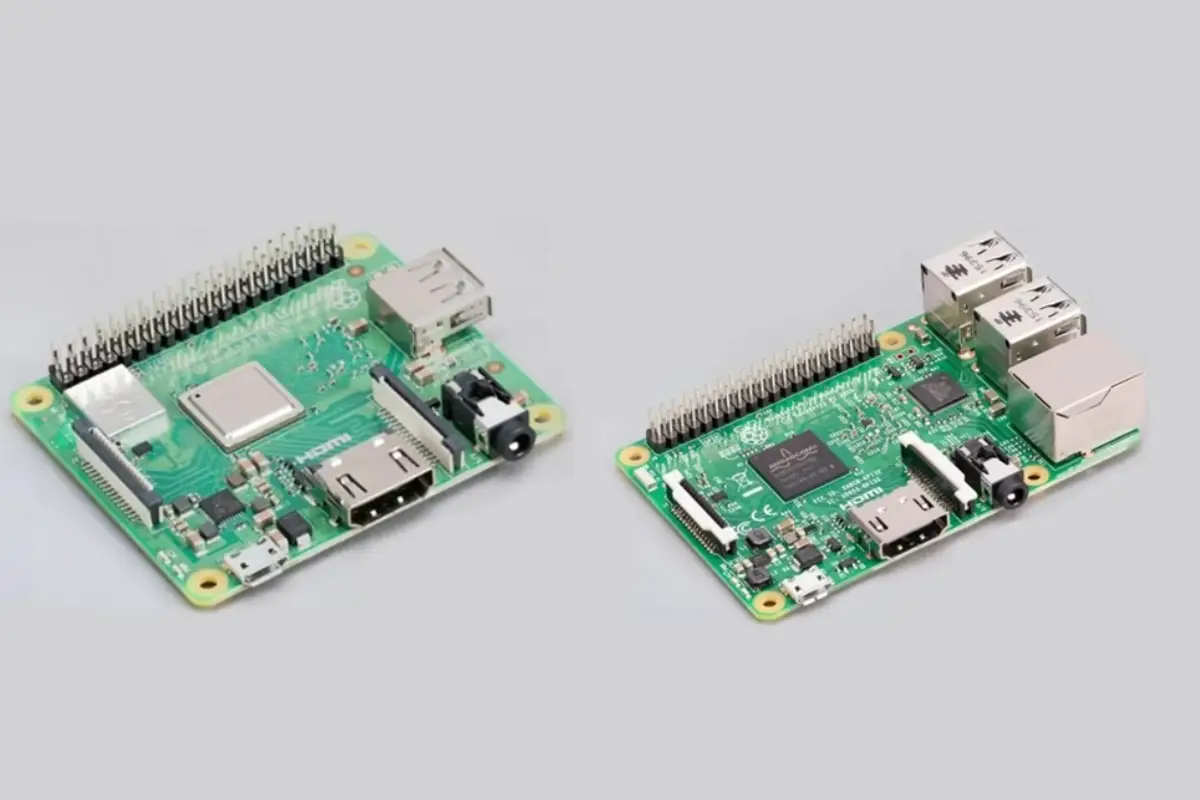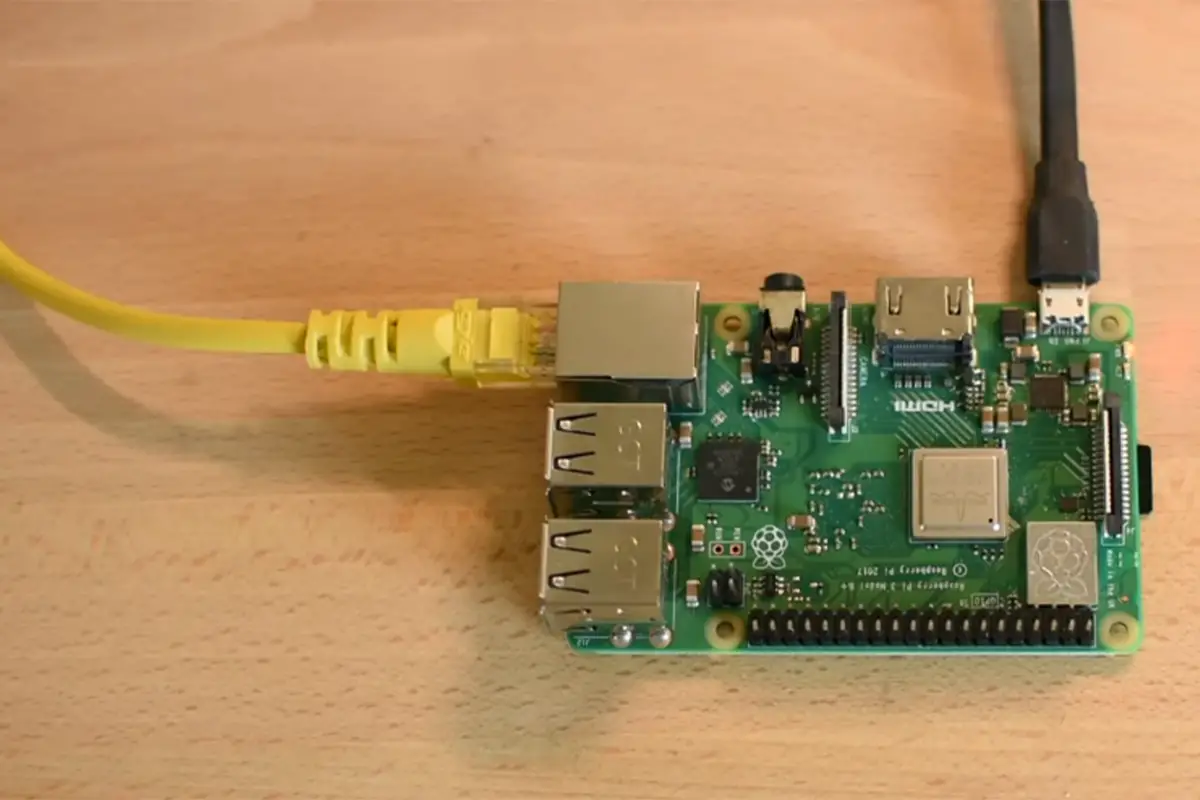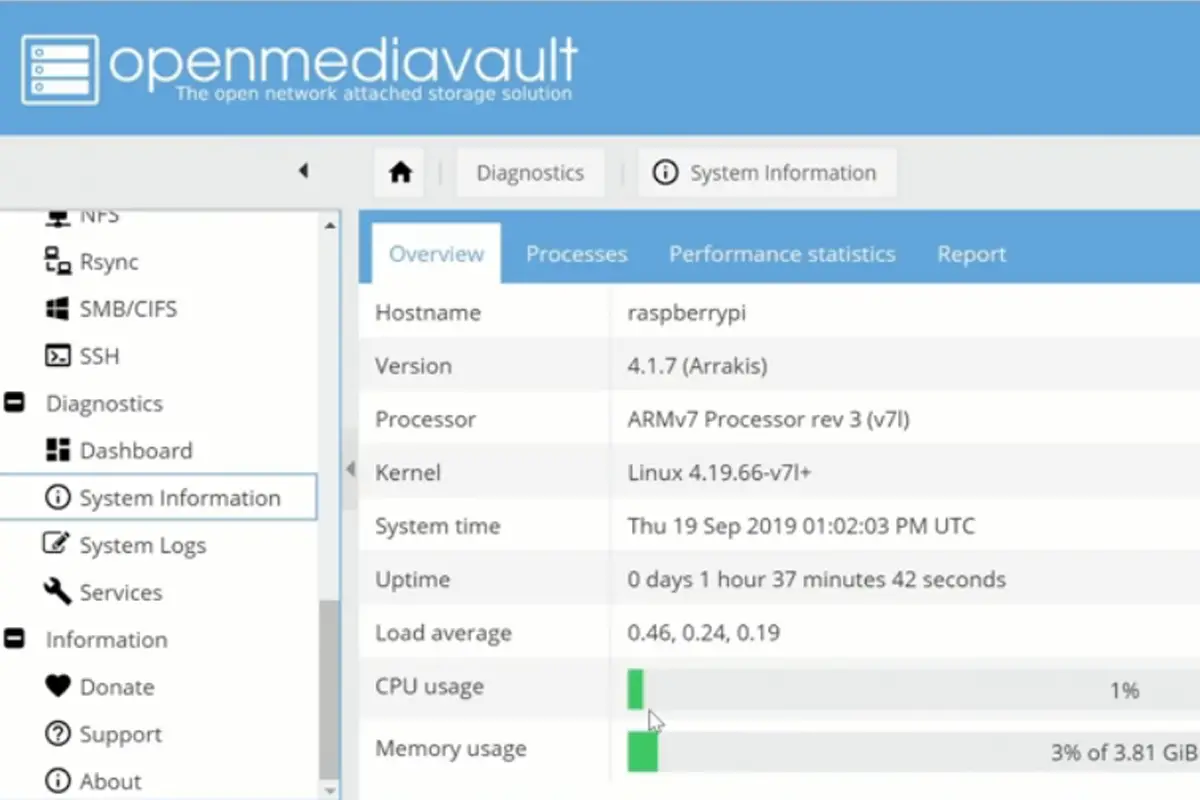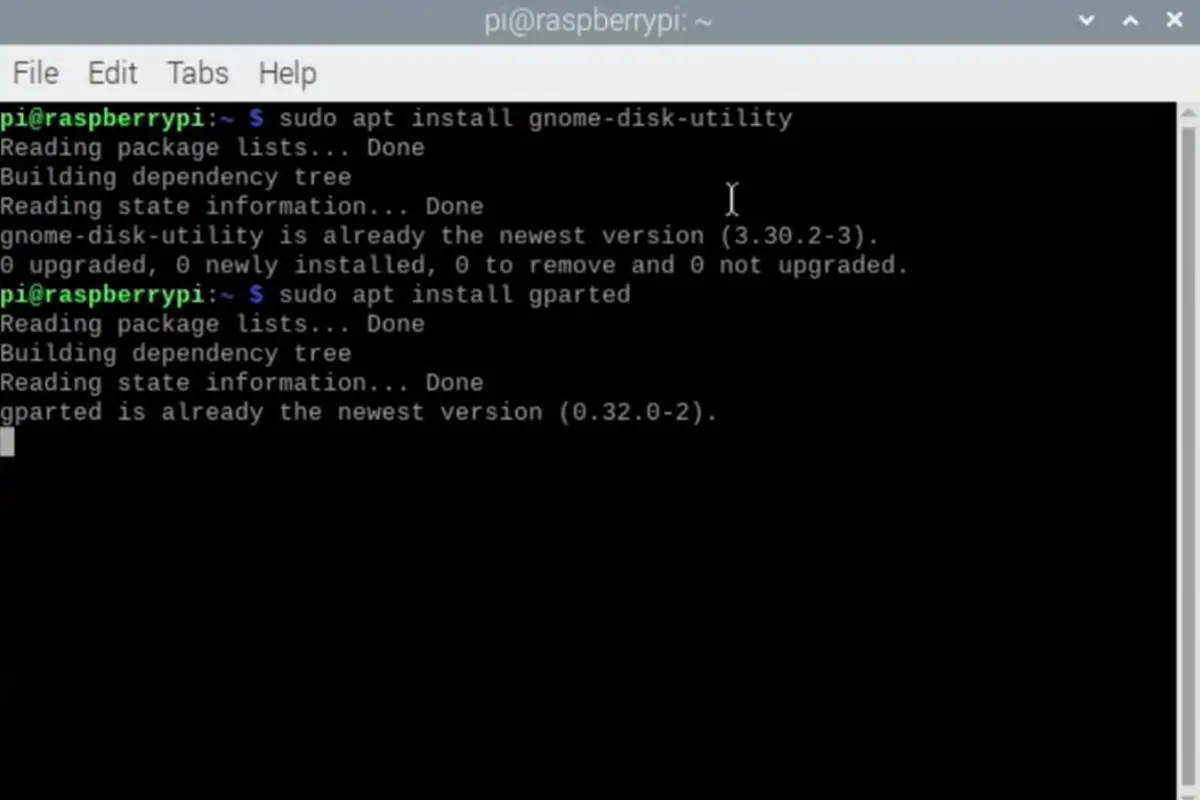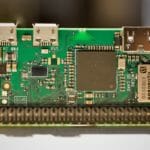The first Raspberry Pi boards were officially announced in February 2012.
They were designed to fill the void left by the passing of a home computer revolution that began in the 1980s and 1990s.
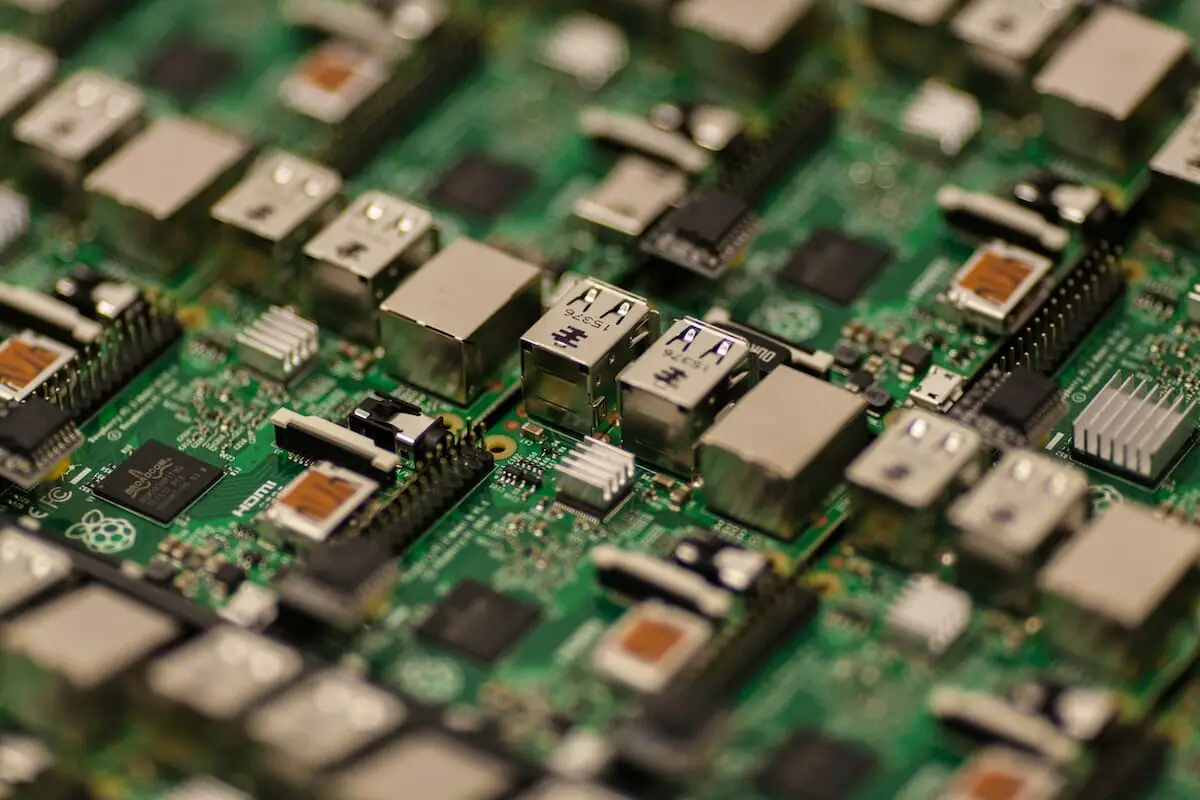
Many significant home computers were launched during that period including the Commodore 64, Sinclair ZX Spectrum, the Amstrad CPC 464, the Acorn Archimedes, the TRS80 Model III, and the BBC Micro among others.
These machines (along with many others) spawned a revolution that introduced computing into the home.
As a result, many people from those decades grew up surrounded by computers.
This in turn sparked an increased interest in studying computer science-related courses such as programming languages, operating systems, and artificial intelligence at school.
What Is Raspberry Pi Poe Exactly?
The term specifically stands for Power Over Ethernet, but what does this mean for Ethernet cables in Raspberry Pi?
Ethernet cabling is ubiquitous in modern homes and offices. But did you know it’s also been powering some pretty cool projects around the globe?
In fact, there are many ways you might use Ethernet cables without even knowing it. Here are just a few examples.
Powering The Internet Of Things
The internet of things (IoT) refers to the idea that everyday objects like light bulbs, door locks, thermostats, and refrigerators will soon connect to the internet.
This has huge implications for how we live our lives, and it requires lots of different types of technology—including networking gear.
To make sure everyone can access the network, Ethernet cabling is often used to provide power over Ethernet (PoE).
PoE allows devices to draw power directly from the network, eliminating the need for separate wiring.
Building Automation Systems
Building automation systems (BAS) monitor buildings 24/7 (also called home automation systems). They can help reduce energy consumption, improve comfort, and increase security.
BAS systems typically include sensors, controllers, actuators, and software. And because most of those components run off batteries, they require constant charging.
So, what do you think happens to the battery life of your home when you plug it in every night?
Well, you guessed it—it runs out quickly. Luckily, Ethernet cabling provides power to charge the batteries of building control systems.
Smart Cities
Smart cities are places where people and machines work together to solve problems.
For example, a smart city might collect traffic data and alert drivers about road conditions ahead. Or, it might automatically turn lights on and off based on occupancy levels throughout the day.
These kinds of applications rely on sensors and wireless communication technologies.
Because these technologies depend on electricity, they must be powered by something (see also ‘How To Charge A Capacitor Without A Resistor‘). Enter Ethernet cabling again.
What Is The History Of Poe?
Power over Ethernet (PoE), is one of those standards that seems like it just came out of nowhere.
In fact, it was developed almost 20 years ago by the Institute of Electrical and Electronics Engineers (IEEE).
PoE was designed to provide power to remote devices such as wireless access points, IP cameras, VoIP phones, security systems, and sensors. Today, PoE is used to power everything from small home routers to large data centers.
And, thanks to advances in networking hardware and software, the impact on performance is negligible.
Why Should You Use Poe?
This technology allows data to travel over existing wiring within buildings, rather than having to run dedicated cabling.
If you’re looking to connect a number of devices together, such as a projector, display, or audio system – PoE makes it possible. You don’t need to buy separate cables for each device, just plug everything into a single port and you’re good to go.
The term “power over ethernet” refers to the fact that there are both electrical currents and data flowing over the same wire (see also ‘What Is Capacitance?‘).
There are three main ways to implement PoE: standard, active, and hybrid. Standard PoE uses a passive adapter, while active and hybrid implementations require some sort of switch.
We’ll cover the basics of the best types of implementation, but keep in mind that what works best for you depends on your environment.
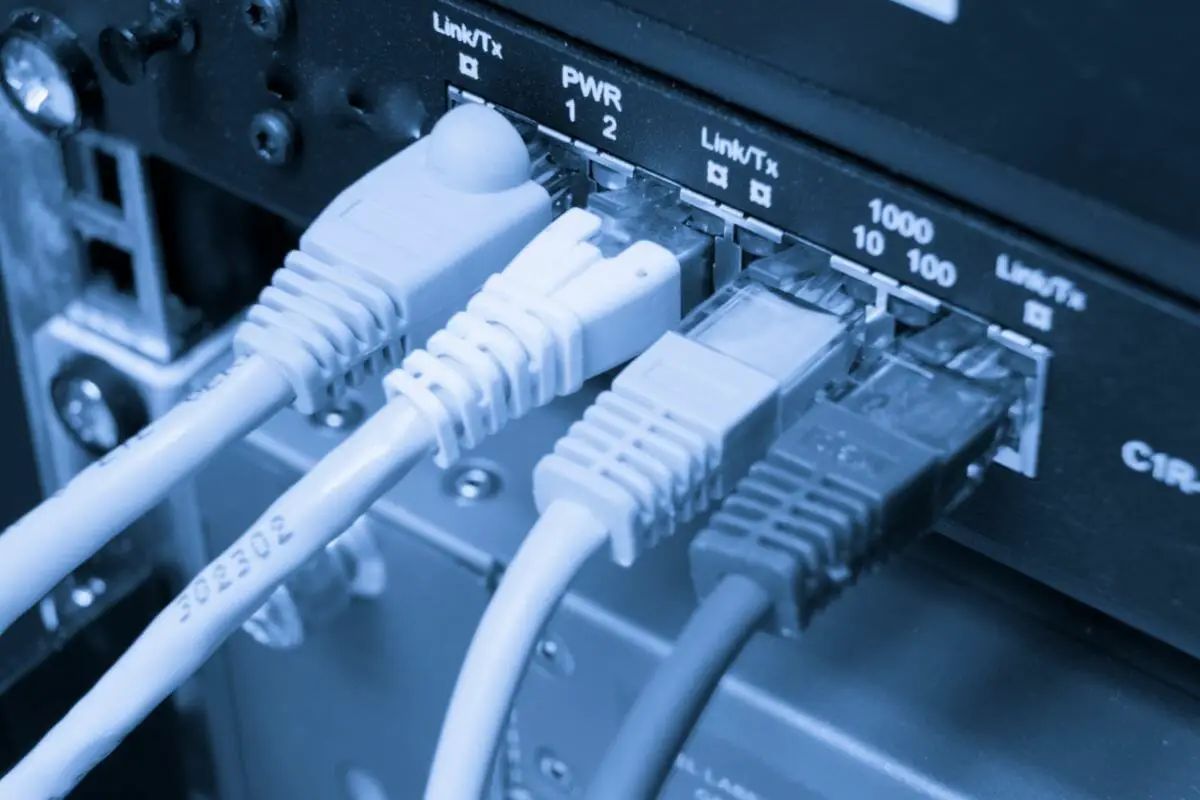
Standard PoE
In standard PoE, a power injector sends out small amounts of electricity along with the data signal.
When a device connects to the network via a standard Ethernet jack, it receives both signals simultaneously.
The power injector is plugged directly into the wall socket, and the rest of the equipment plugs into the power injector.
This method is great for simple setups because it requires little configuration. However, it does mean that if someone unplugs the power injector, the entire setup goes down.
Active PoE
Active PoE involves a switching hub that routes the data and power separately.
The advantage of this approach is that it doesn’t rely on a physical connection to the power source. Because no wires physically connect to the power source, this eliminates the risk of accidental disconnection.
Active PoE is typically used in larger networks, such as those found in large businesses.
For example, if you wanted to install a projector in your office, you could use active PoE to ensure that the projector always had access to power.
What Are The Benefits And Drawbacks Of Poe?
There are many different types of PoE switches, each with its own pros and cons.
Main Benefits
Power over Ethernet (PoE), sometimes called IEEE 802.3af, is a standard developed by the Institute of Electrical and Electronics Engineers (IEEE).
This technology allows devices such as IP cameras, printers, wireless access points, VoIP phones, and security systems to transmit data via existing Ethernet cables while drawing power from a single Ethernet port.
The benefits are obvious: you don’t need to run additional wiring throughout your office building. You also don’t need to buy extra power supplies to keep your equipment running. Furthermore – your network cable installation costs go down because you’re no longer required to run separate wires for power and data.
Main Drawbacks
There are some drawbacks to PoE. First off, most networking hardware doesn’t support PoE out of the box.
So you’ll need to purchase a device specifically designed to work with PoE. Then you’ll need to pay attention to the requirements of each device.
Some require a specific amount of power; others specify a maximum current draw. If you’re looking to add PoE to your home network, you might want to think twice about adding too many devices.
While PoE does allow for more flexibility in terms of how many devices you can use, you still need to consider the total number of ports you have available.
You’ll also need to consider whether you want to replace your existing routers with newer models. Most manufacturers offer PoE support, but older versions of the technology aren’t always compatible.
What Are The Everyday Uses Of Raspberry Pi Poe?
The Raspberry Pi 4 is one of the best choices for those looking for a cheap single-board computer (SBC) and is great for use with POE.
This model comes with a quad-core CPU running at 2GHz, 4GB RAM, and 64GB eMMC flash storage.
However, it does come without Ethernet support. If you want to connect to the Internet, you’ll need to add a USB WiFi dongle.
A lot of modern technology uses PoE, including many surveillance cameras. Many home routers are designed to provide PoE too.
There are a number of different ways to supply PoE to a device.
One method is to use a powered hub, which converts incoming AC mains into DC power. Another option is to use a PoE injector box. These devices convert AC mains voltage into PoE and distribute it to individual ports.
In addition to powering your network infrastructure, there are several everyday applications for PoE. Some examples include CCTV, wireless access points (WAPs), and VoIP telephone systems.

Final Thoughts
While PoE isn’t new, it has become more popular in recent times.
It’s easy to set up and provides a reliable way to power devices that would otherwise require batteries. However, it’s important to note that PoE isn’t suitable for all devices. For example, it won’t work well with laptops.
Also, it will only deliver power to devices connected directly to the PoE injector box or hub.
So what do you think? Do you plan to use PoE in your home?
- How To Uninstall Packages On Ubuntu - March 13, 2024
- How To Restart Ubuntu Using The Terminal - March 13, 2024
- What Is The Steam Deck | Experience Modern Handheld Gaming - March 12, 2024

